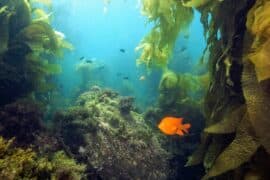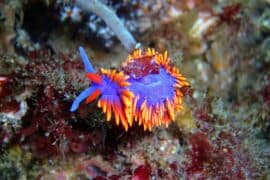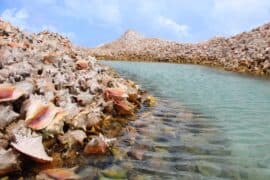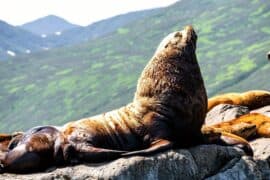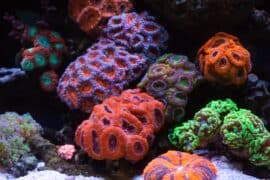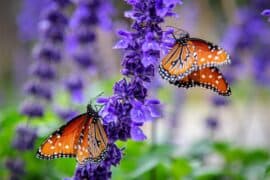Wood frog
(Lithobates sylvaticus)
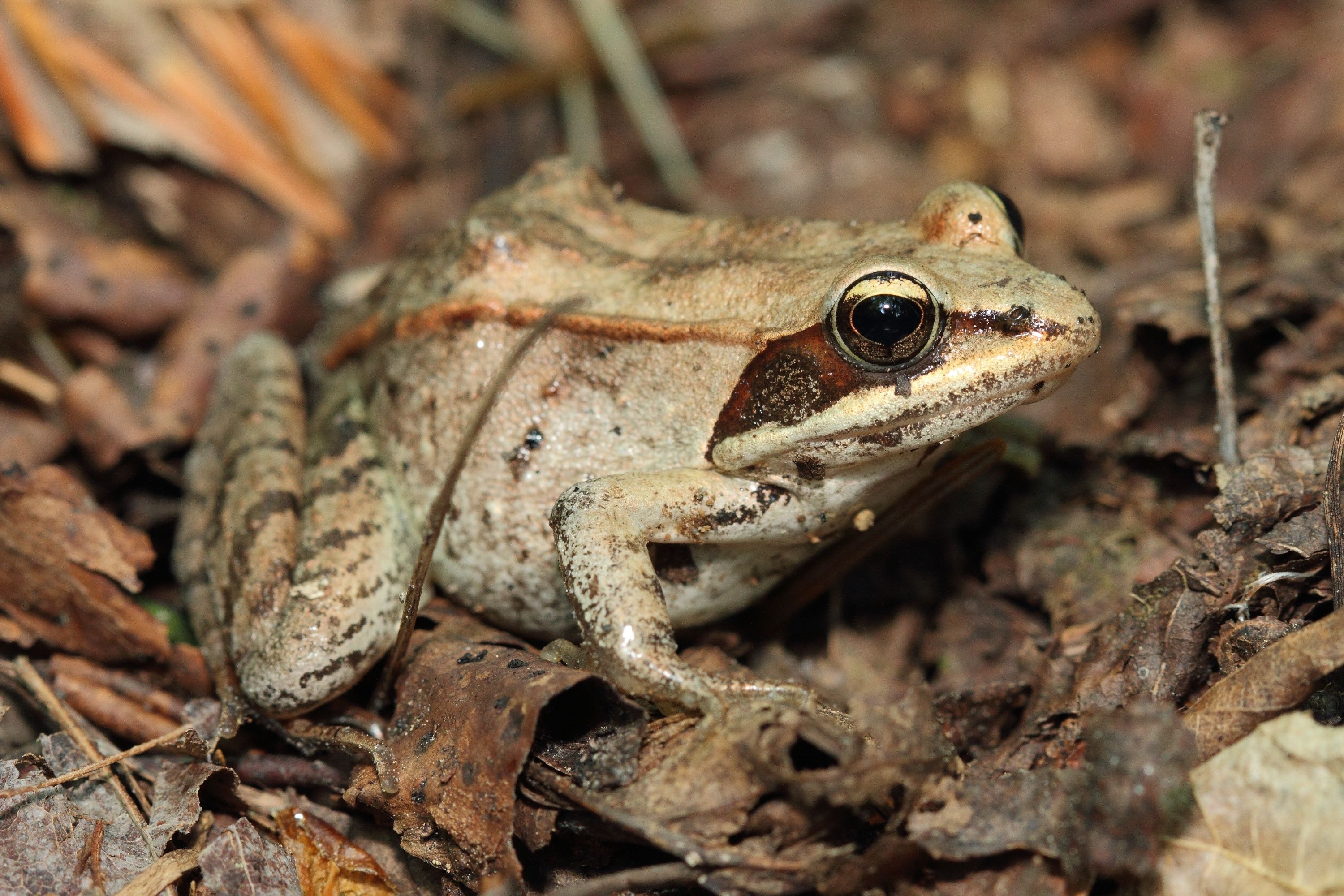
Description
The wood frog (Lithobates sylvaticus) (Synonyms: Rana sylvatica) has a broad distribution over North America, extending from the boreal forest of the north to the southern Appalachians, with several notable disjunct populations including lowland eastern North Carolina. The wood frog has garnered attention by biologists over the last century because of its freeze tolerance, relatively great degree of terrestrialism (for a ranid), interesting habitat associations (peat bogs, vernal pools, uplands), and relatively long-range movements. The ecology and conservation of the wood frog has attracted research attention in recent years because they are often considered "obligate" breeders in ephemeral wetlands (sometimes called "vernal pools") that are themselves more imperiled than the species that breed in them. The wood frog has been proposed to be the official state amphibian of New York. Wood frogs range from 51 to 70 mm (2.0 to 2.8 in) in length and size Females are larger than males. Adult wood frogs are usually brown, tan, or rust-colored, and usually have a dark eye mask. Individual frogs are capable of varying their color; Conant (1958) depicts one individual when light brown and dark brown at different times. The underparts of wood frogs are pale with a yellow or green cast. Wood frogs are forest-dwelling organisms that breed primarily in ephemeral, freshwater wetlands: woodland vernal pools. Long-distance migration plays an important role in their life history. Individual wood frogs range widely (hundreds of meters) among their breeding pools and neighboring freshwater swamps, cool-moist ravines, and/or upland habitats. Genetic neighborhoods of individual pool breeding populations extend more than a kilometer away from the breeding site. Thus, conservation of this species requires a landscape (multiple habitats at appropriate spatial scales) perspective they also can be camouflaged with their surroundings. Adult wood frogs spend summer months in moist woodlands, forested swamps, ravines, or bogs. During the fall, they leave summer habitats and migrate to neighboring uplands to overwinter. Some may remain in moist areas to overwinter. Hibernacula tend to be in the upper organic layers of the soil, under leaf litter.
Taxonomic tree:


